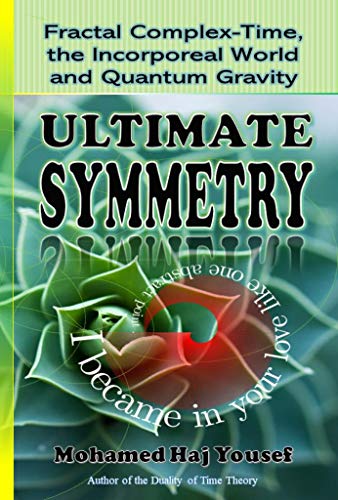II.2.1 Chiral Symmetry
The breaking of the chiral symmetry in the strong
interaction is one of the most important example of spontaneous symmetry
breaking in particle physics. Chirality is the asymmetry between mirror images,
so a chiral phenomenon is not identical to its mirror image. In particle
physics, the chirality of a particle is determined by whether it transforms in
a right-handed or left-handed representation of the Poincar group. Massless
particles are considered right-handed if the direction of spin is the same as the
direction of motion, and left-handed if they are opposite.
The spin is used to define the handedness, or helicity, of
a particle. For massless particles, such as photons, gluons and gravitons,
since they have integer spin, helicity is the same as chirality. Human hands
are chiral, because it is impossible for all the major features of both hands
to coincide across all axes. For example, it is not possible to fit a
left-handed glove on the right hand. Massless particles appear to spin in the
same direction along the axis of motion regardless of the point of view of the
observer. Nevertheless, for massive particles, chirality and helicity must be
distinguished, because it is possible for an observer to change to a reference
frame moving faster than the spinning particle, in which case the particle will
then appear to be moving backwards, and its helicity, which may be thought of
as apparent chirality, will be reversed.
A massless particle moves with the speed of light, so no
real observer can be in any reference frame where the particle appears to
reverse its relative direction of spin. This means that all real observers see
the same helicity. Because of this, the direction of spin of massless particles
is not affected by a change of viewpoint in the direction of motion of the
particle, and the sign of the projection (helicity) is fixed for all reference
frames. This mean that the helicity of massless particles is a relativistic
invariant which always matches the massless particles chirality. For this
reason, the discovery of neutrino oscillation implied that neutrinos have mass.
In the weak interaction, only left-handed fermions and
right-handed anti-fermions interact, but in most circumstances, two left-handed
fermions interact more strongly than right-handed or opposite-handed fermions.
This clearly implies that the universe has a preference for left-handed
chirality, which violates a symmetry of the other forces of nature. The
electroweak theory assumed originally that neutrinos were massless, and it only
assumed the existence of left-handed neutrinos, along with their complementary
right-handed anti-neutrinos. After the observation of neutrino oscillations,
the revised theories of the electroweak interaction now include both
right-handed and left-handed neutrinos, though the exact nature of the neutrino
is still unknown.
Spontaneous chiral symmetry breaking may also occur in some
theories, as it most notably does in Quantum Chromodynamics. The chiral
symmetry transformation can be divided into a component that treats the
left-handed and the right-handed parts equally, known as vector symmetry, and a
component that actually treats them differently, known as axial symmetry. A
scalar field model encoding chiral symmetry and its breaking is the chiral
model. The most common application is expressed as equal treatment of clockwise
and counter-clockwise rotations from a fixed frame of reference. The general
principle is often referred to by the name chiral symmetry. The rule is
absolutely valid in the classical mechanics of Newton and Einstein, but results
from quantum mechanical experiments show a difference in the behavior of
left-chiral versus right-chiral subatomic particles.
In the Duality of Time Theory, chirality is a direct
consequence of the dynamic formation of vacuum, or the spatial dimensions that
are the inner levels of time, which then condense into fermions, while bosons
are the particles of the outer level of time that we encounter. In other words,
we can also say that chiral asymmetry is equivalent with time asymmetry, known
as the arrow of time that we explained in section II.4.2 below. In fact, the
very concept of quantum spin cannot be explained without taking the dynamic
formation into account, hence the duality nature of time and then treating the
dimensions as complex numbers. Since spatial dimensions are created by a Wick
rotation, by multiplying with the imaginary unit, which produces an abrupt
rotation by ,
creating a new dimension that is orthogonal on the previous level, as we
explained in section I.4.4 above, where we have seen that each point of our
space-time
is the combination of seven dimensions of time, the first six are the real
levels which make the three spatial dimensions, and the seventh is the
imaginary level that is the outer time that we encounter. The reason why bosons
have integer spin is because they are always moving along the direction of the
outer time only, so they never move along the spatial dimensions like the
fermions which are occupying, or actually making, space because they are moving
in transverse directions, and that s why the have inertia, since they are
composite particles and cannot move simultaneously, as we explained in section
III.3.3 above.
Therefore, bosons are naturally chiral, and (normal)
fermions are achiral, and the reason why neutrinos are chiral, despite being
fermions, is because they are one-dimensional strings of time moments, unlike
heavier fermions which are two- or three-dimensional.


















